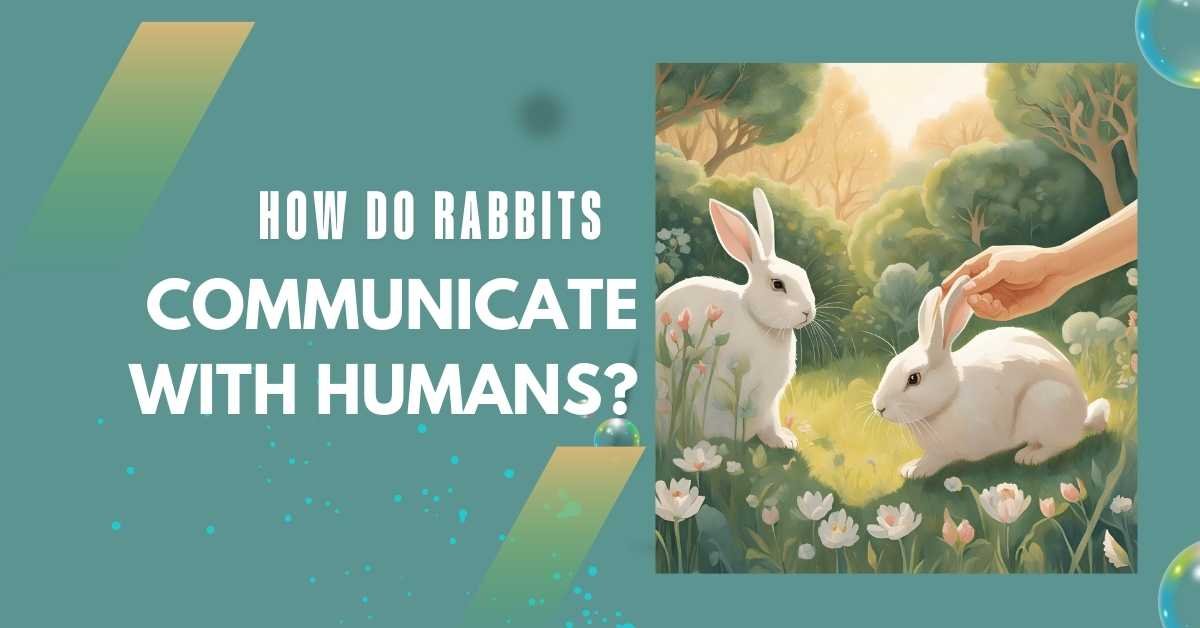Rabbits, known for their twitching noses and fluffy tails, have captivated humans for generations. These small, furry creatures communicate with us in often overlooked ways. Understanding how rabbits communicate with humans is crucial for building a strong bond with these intelligent animals. While rabbits may not speak, they possess a variety of methods to express themselves, from subtle body language cues to distinct vocalizations.
In this article, we explore the ways rabbits communicate with humans and how to interpret their silent language. By recognizing and responding to these communication signals, you can better meet your rabbit’s needs and strengthen your relationship.
Rabbit Communication: Key Insights
| Communication Method | Description | What It Means |
|---|---|---|
| Visual Cues | Ear position, body posture, eye contact | Indicates emotions like curiosity, fear, or contentment |
| Vocalizations | Tooth purring, grunting, squealing | Expresses contentment, annoyance, or distress |
| Grooming Behavior | Self-grooming, grooming humans | Shows trust, affection, or social bonding |
Visual Communication
Ear Position
Rabbits use their ears to convey emotions and intentions. When a rabbit’s ears are relaxed and facing forward, they feel curious and comfortable. However, ears flattened against their back suggest fear or discomfort. Recognizing these visual cues helps in understanding your rabbit’s mood.
Body Posture
A rabbit’s body posture provides insights into their emotional state. When standing on all fours with a slightly raised tail, they are likely content. Conversely, a crouched posture with a tense body indicates fear or submission. Always observe your rabbit’s body language to understand their feelings.
Vocal Communication
Tooth Purring
Although rabbits are quiet, they use vocalizations to communicate. Tooth purring, a soft grinding noise, signifies that your rabbit is content. This behavior is similar to a cat’s purring and is often heard during petting or gentle interaction.
Grunting and Squealing
Rabbits may grunt or growl when they feel threatened or annoyed. These vocalizations are usually accompanied by defensive body language, such as thumping or lunging. A high-pitched squeal is a sign of extreme distress and requires immediate attention.
Grooming Behavior
Self-Grooming
Grooming is a vital part of rabbit communication. Rabbits are meticulous groomers, and their grooming behavior can indicate their level of comfort. A rabbit that grooms itself in your presence feels safe and secure.
Grooming Humans
When a rabbit grooms you, such as licking your hand, it shows trust and affection. This behavior mimics social grooming among rabbits and reinforces the bond between you and your pet.
Building a Strong Bond with Your Rabbit
To develop a deep connection with your rabbit, pay attention to their visual cues, vocalizations, and grooming behaviors. Interpreting these signals correctly allows you to respond appropriately, enhancing your relationship with your rabbit.
Tips for Strengthening Your Bond:
- Spend Quality Time: Regular interaction builds trust.
- Observe Behavior: Note your rabbit’s body language and reactions.
- Respond to Cues: Meet their needs based on their communication signals.
Understanding how rabbits communicate with humans leads to a happier, healthier relationship. You can ensure they feel loved and understood in your care by actively engaging with your rabbit and learning their language.
